From ‘drinking coffee’ to ‘tasting’, the minus difference in Chinese embodies the big changes taking place in world’s coffee consumption concept in the past few years. Along with it, also we see the passion and a more open-minded attitude towards coffee, a better understanding, stronger support and respect to coffee industry. All these changes are savored in a cup of coffee.

Global Hunting
“It all started with Geisha.” If you ask a coffee lover, probably one-third of them would say so.
It is true! Throwing back a few years (in 2015-2017), China’s specialty coffee has just started, almost overnight, Geisha broke the common perception to coffee, opening a brand-new world of aroma and tasting for the public. Ever since then, countless young Chinese, including other Asian peers started to chase the dream of becoming a barista, a roaster and best of all, an owner of a coffee shop.
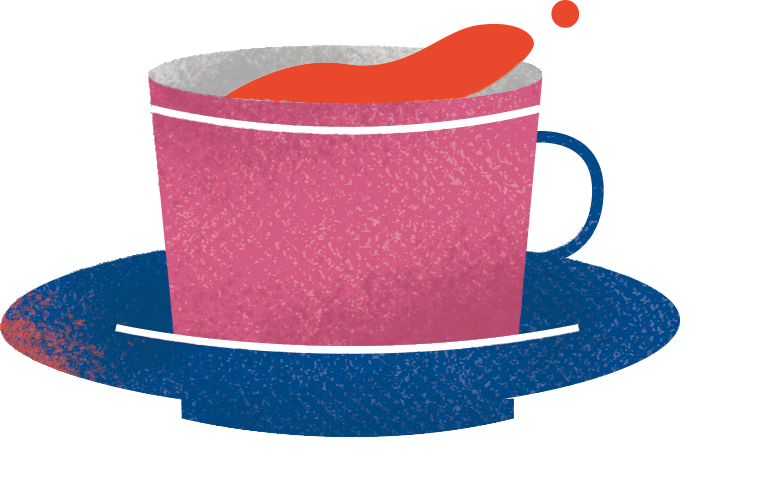
All of a sudden, just like wine lovers, baristas and coffee enthusiasts flock to Geisha, and famous coffee farms like Hacienda La Esmeralda, as well as coffees from champions, overseas cafes etc., “Specialty coffee is much cheaper than wine!” a cup of Geisha that costs 12USD (nearly 70CNY), or even 15USD (nearly 80CNY) is considered affordable, people crack jokes with each other: “Let’s have more Geisha now, maybe we won’t be able to afford it in the future!”
Cup after cup, the names of the origins, producing areas, farms, processing methods, including brewing parameters etc., the professional terminologies, which were thought to be ‘boring’, ‘obscure’, are dripping into those tastemaker’s hearts. Cupping and coffee sharing turn to be cohesive parties, where coffee lovers meet each other, indulging themselves in aromatic cups: Tasting a new coffee and gossiping the latest insights of the industry, amassing a collection of hottest coffee packing bags, all makes the thirsty front-runners exciting. The foreign names of World Champions, as well as the regional ones, together with their coffees are already brewed in mind.
Local Booming
Just in a very short few years coffee has become the hottest popular drink. Capitals, the intervention of invisible hand, has driven the third wave of specialty coffee a tidal wave, all resulting in the birth of home roasters and independent roasters, who devote hunting coffee green beans by themselves, conveying to consumers their interpretation of the coffee ‘terroir’, the same as that in the wine world.
For a time, home roasting has become a signature of many specialty coffee shops. After 2018, there are countless home-roasting cafes, roasting studios and independent coffee roasting brands spreading allover in China. There are not only Ethiopian and Panama coffee beans cracking in the drums, but also the local such as Yunnan coffee rolling over in various roasting machines. Specialty coffee from Thailand or Vietnam, even including specialty Robusta shows up and inspires both the supply chain and the end-users.
More flavor hunters also joined the crowds of home roasting, the multifarious roasting machines used would make a long list: the imported domestic roasting machines, hand-net roasting, microwave ovens, frying pots, pans…… Can you picture a young housewife pan-roasting an Ethiopian Hembella coffee, and sharing with her confidantes?

With so many coffees available at a time, no wonder coffee consumers bravo: It is the best of times, it is the worst of times. There are too many coffees to choose!
Right now, in China and throughout Asia, the third wave shapes a new market, attracting more public with flavor and aroma, as well as rocking the wave-riders. Diversification has been stimulating Asia, a traditional yet vibrant market, flourishing with surprises and hopes every day.
In 2001 the opening of the first local special coffee shop, Corridor, kicked off the movement for Hong Kong specialty coffee. Over there the coffee men have taken the advantage of free trade and become a leader in Asia specialty coffee community.
According to a report by Perfect Daily Grind, despite the challenge of high tariff and the unappreciated Robusta coffee, the enthusiasm of the specialty coffee consumers, plus the support from the government and the collaboration with small micro-coffee processing plants, all pushes Thai specialty coffee rising, bringing a ray of sunshine to the local and world coffee community.
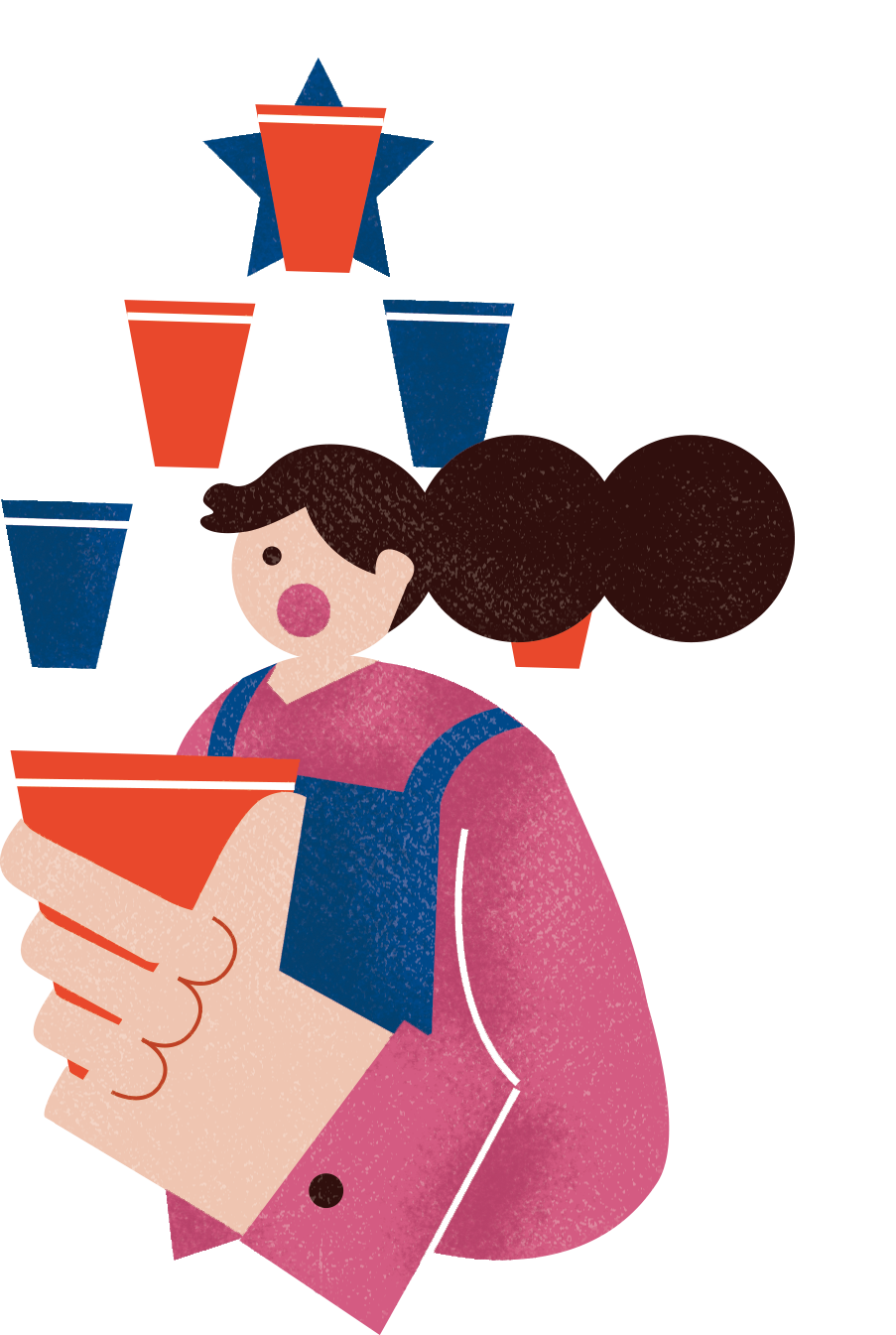
In Paris Coffee Revolution, a French crowdfunding book for specialty coffee, there is a statement: “The biggest challenge for French specialty coffee is to change the taste buds of the French”, all is the same in Malaysia. The multi-ethnic, multicultural coffee tradition is deeply rooted, but luckily kopi coexists harmoniously with specialty coffee.
In terms of coffee, more westernized countries and regions in Asia include Japan, South Korea and Taiwan, who led the regional third wave coffee movement years ago and are now walking hand in hand with their new peers.
Facing various challenges and competition inside and outside the value chain, the local roasters and coffee brands in various countries are striving to evolve. The booming local coffee industry in Asia plays a harmonious symphony “the Native, the World”, driving the world’s specialty coffee forward as well.
There is a Chinese saying “Hundreds of flowers blossom, Hundreds of thoughts shared”, which best illustrates the world’s coffee scene in the past two years.
The publics are more willing to support local coffee roasters, as a result, on one hand the end users start to become ‘picky’, on the other hand their sensory level and tasting standard get improved, and the consuming behavior become more rational.
Drinking Methodology
The so-called coffee “chain of contempt” really troubles a lot of consumers who feel depressed and tangled about which brand and what coffee should have?
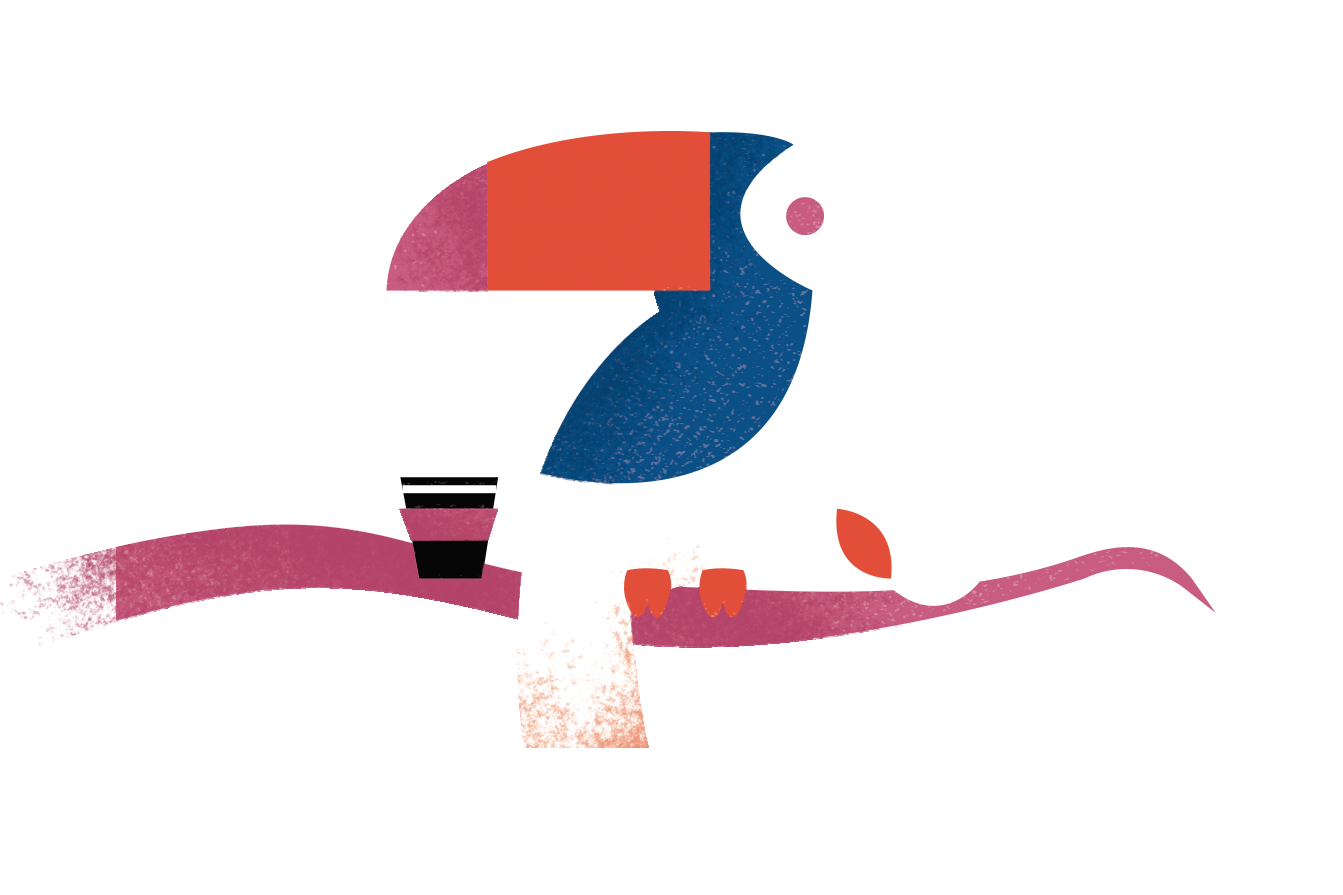
Professionals and even coffee geeks are also struggling: Is the fruity and floral filter tasting better than a mellow cup of classic bitter coffee, or dose a traditional washed or natural coffee mean a real coffee? While is the new processing such as a CM, the low temperature extended fermentation, or rum barrel fermented one more superior?
In the past few years, I’ve visited various domestic and foreign coffee shops. Bearing in mind the ‘soul tortured’ questions, while tasting and hunting, I was trying to find the answer for me, as well as my coffee friends: What should we drink and how should we taste?
Stepping into the Casestudy Coffee Roasters in Portland, USA in a sunny morning, April 2019, I was attracted by a honey-processed coffee bean from Inca Aponte, Colombia. It happened that I’ve have ordered the same coffee from the Underdog, a Greece champions cafe before coming to the States; I was curious how both coffee taste differently. Without hesitation I took it. Casestudy’s Aponte tastes just like a cup of berry juicy, while Underdog sweets me with brawn sugar and caramel. Tasting the same coffee from different roasters with different flavor and styles, what an amazing experience!

Back to 2017, similar experience came to me several times. It’s natural Rocky Mountain, a Guji coffee from Ethiopia, roasted by 2016 World Roasting Champion, Alexandru Niculae. Every time I brewed this coffee, the aroma of blackberry popped up, it has a perfect balance of juicy sweet and acidity and the perfume of blackberry made this coffee addictive. Another coffee from the same washing station tastes totally different but same fascinating: distinguished natural coffee aroma with a hint of tropical fruity like pineapple, and the biggest surprise is the rosy fragrance. The brewed coffee is the same berry-like juicy, the big difference from that of Alex, is the chocolaty flavor. It was roasted by 2016/2017 USBC Champion Lemuel Butler & Kyle Ramage.
I was surprised by the interesting comparison: different roasting interpretation shows the beauty of coffee’s variability, while the difference was still within my expectation and verified what I’ve seen in the past coffee tours in US: To respect the dark-roast tradition, smart US specialty coffee frontiers take a dual-track approach, light or medium roasting can best expose the flavor of coffee, while medium to medium+ roasting may hook the potential customers. Ever since then I was enlightened and inspired, my new pursuit in the coffee journey was leveled up.
Yes, nowadays we’re lucky enough to have more coffee, if you haven’t started try specialty coffee yet, or if you are wondering what else you may drink, take a look at James Hoffmann’s Coffee Map of the World for example, try to get coffee one by one from the over dozen coffee-producing countries. See if you are interest to find the difference between coffee varieties, or is there any coffee so impressive? As long as you are curious about coffee, there is always something worth to exploring in the wonderland of sociality coffee.
A new coffee adventure always brings you happiness and excitement. Four years ago, I ran into an Indian coffee farmer from Bababudan and cupping his coffee in the training center of Counter Culture Coffee in Boston, US. That’s the first time I heard about the coffee producing country, India. In 2020 when I got a special processing of 7525 (a coffee variety) from this region Baba Budan again, I just could not wait to taste. Finally I am having new varietal of coffee from a new country!

In April 2019, while volunteering at the Portrait Country, Burundi National Pavilion at the American Specialty Coffee Expo (Boston), I’ve had dozens of coffees from the three main producing regions of Muyinga, Ngozi and Kayanza. Months later I had a Kayanza Natural coffee from Alex, the 2016 the World Coffee Roasting Champion, it reminds me of all fine touches of flowers and the complexity of fruity from Kayanza, no mention the talking with local farmers and their inspirational endeavor to quality coffees.
Amazing flavors, good memories, touching stories and all those interesting links among coffees enlighten me and ignite my dream to further explore and share the hidden beauties of specialty coffee: Why not drink and explore coffee like this!
With a purpose—tasting, plus a plan—learning, then we may select coffee with new criteria, and taste coffee in different dimensions, i.e., comparing coffee of different processing from the same origin, finding the difference between or among roasters, and so on. Horizontally or vertically, brew and taste a cup of coffee with wisdom, more than the flavors and aromas, you may almost get everything you want, the origin and its people, the varieties and their history, production methods, estates, roasters, the bean seekers, and their brewing skills and dedication etc.
Back to the essence, coffee is an everyday drink, a drink which brings us relaxes and happiness. So, make a fresh cup of pour over at home or brew a drip coffee in the office, or sit in a Cafe with Latte or Cold brew, enjoy it (black or milk, hot or iced), enjoy the moment of a good life, neglecting the brand, the price, or any others’ judgment and definition, happiness is the best flavor in the cup, and the drinking methodology is your own journey of coffee exploring.
Anyway, drink more coffee. That is a smart choice.



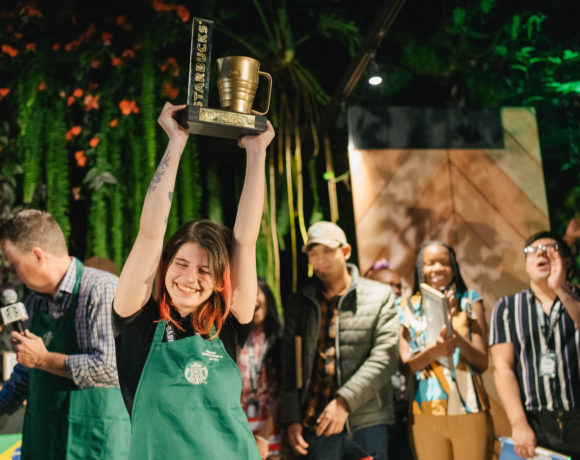
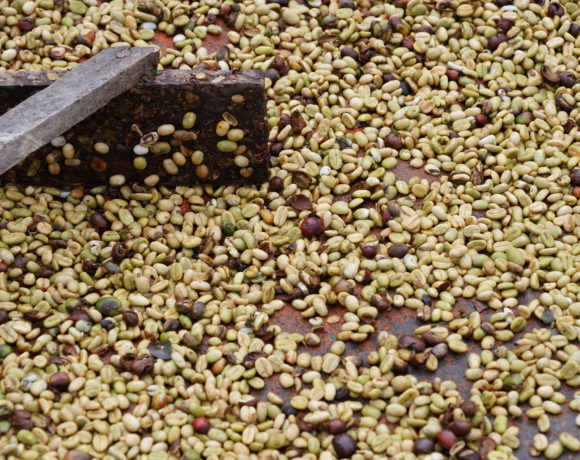
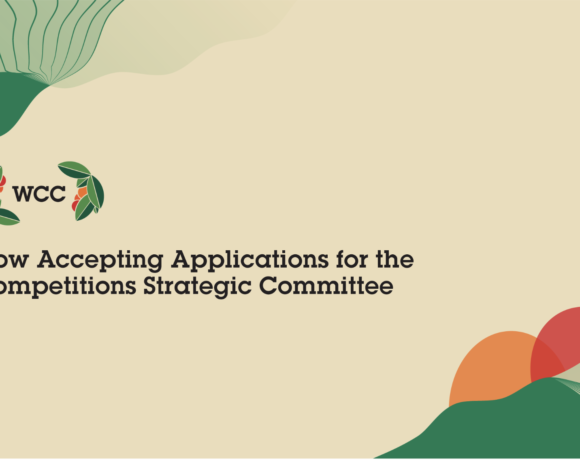






NO COMMENT